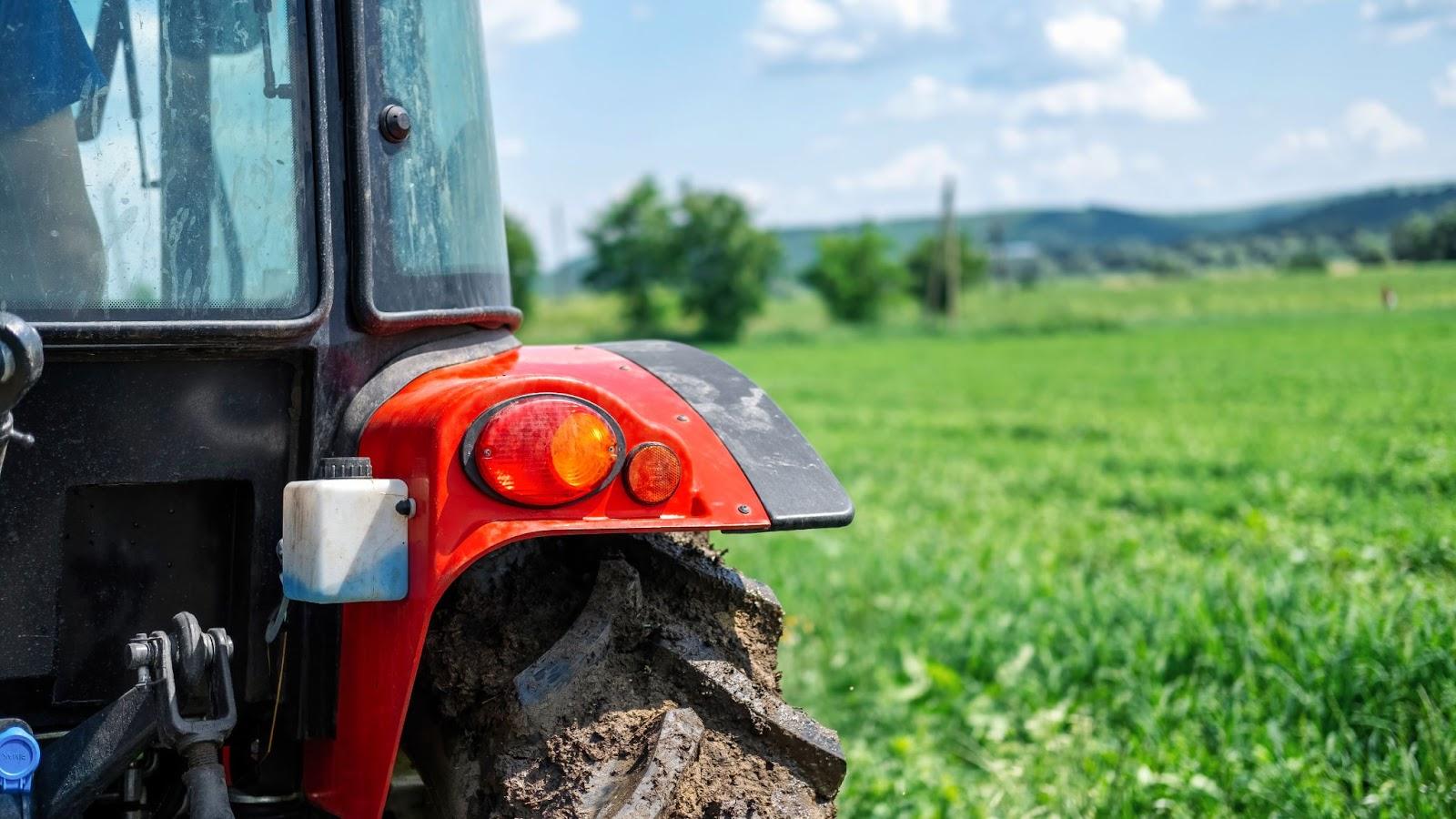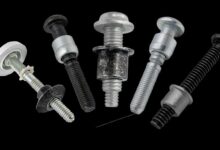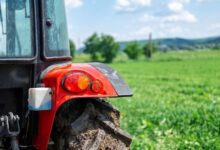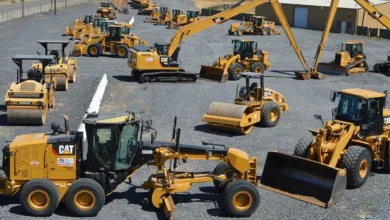
Kubota Plans to Improve Positioning Accuracy of Automatic Agricultural Equipment
Kubota is a Japanese heavy equipment brand. It was founded in 1890 and has a history of more than 100 years! In the beginning, it only made water pipes and machine parts, and later began to manufacture agricultural machinery such as tractors, harvesters, and rice transplanters. You should often see its orange-red figure on American farms. Kubota parts is now the world’s leading brand of agricultural machinery.
Recently, Kubota claimed that its corporate goal was to make agriculture smarter, make farming easier, and make the world fuller! This time, they have a new plan for tractor intelligence.
Table of Contents
Kubota’s early attempts
Speaking of Kubota’s attempts to modernize agricultural machinery, in fact, as early as 2016, the brand launched the Kubota Fleet Management system, which enables agricultural machinery to connect to the cloud through remote monitoring. Kubota launched the Kubota Fleet Management system in 2016, which enables agricultural machinery to connect to the cloud through remote monitoring. The system was initially mainly used in construction machinery, and then expanded to the field of agricultural machinery in 2019, helping farmers and dealers to view equipment status, fuel consumption, operation data and fault alarms in real-time. In 2021, Kubota further upgraded the system to make it compatible with more types of agricultural equipment and support mobile applications, allowing users to understand the operation of agricultural machinery anytime, anywhere.
Autonomous Driving Tractors
Recently, Kubota wants to make tractors smarter, and they are studying autonomous driving tractors. This tractor can run around in the fields by itself and can do farming, plowing, and harvesting. What follows is the upgrade of Kubota accessories. Many w need to be able to adapt to Kubota’s intelligent system, so the second-hand tractor accessories market is also facing reforms.
Kubota RTK Base Station
In order to allow tractors to accurately navigate the fields, Kubota decided to build something called an RTK base station. This base station is like a navigation system for the tractor. Regular GPS positioning can have an error of several meters, which can bother small farmers – the machine may drive into the neighbor’s field, but the RTK base station can reduce the error to 3 centimeters, which is about the width of a finger.
What Will the Farm of the Future Look Like?
In the coming years, farmers will rely more on precision agriculture, using GPS-guided equipment to plant and harvest with amazing precision. Smart irrigation systems will save water by providing the right amount of water to each plant, reducing waste and increasing yields. Meanwhile, robotic harvesters will pick fruits and vegetables at peak ripeness, reducing labor costs and minimizing food waste.
Sustainability will also be a top priority. Vertical farms and hydroponic systems will allow crops to grow indoors, using less land and water while producing fresh food year-round. Regenerative agriculture – focusing on improving soil health and reducing chemical use – will help combat climate change by capturing carbon underground.
Final Thoughts
Kubota’s plan is really cool! In the future, farming is likely to be a super high-tech thing. As a company for sustainability, FridayParts also pays attention to the forefront of the latest agricultural technology and is committed to offering environmentally friendly agricultural machinery parts. For more, please check out the FridayParts website.








